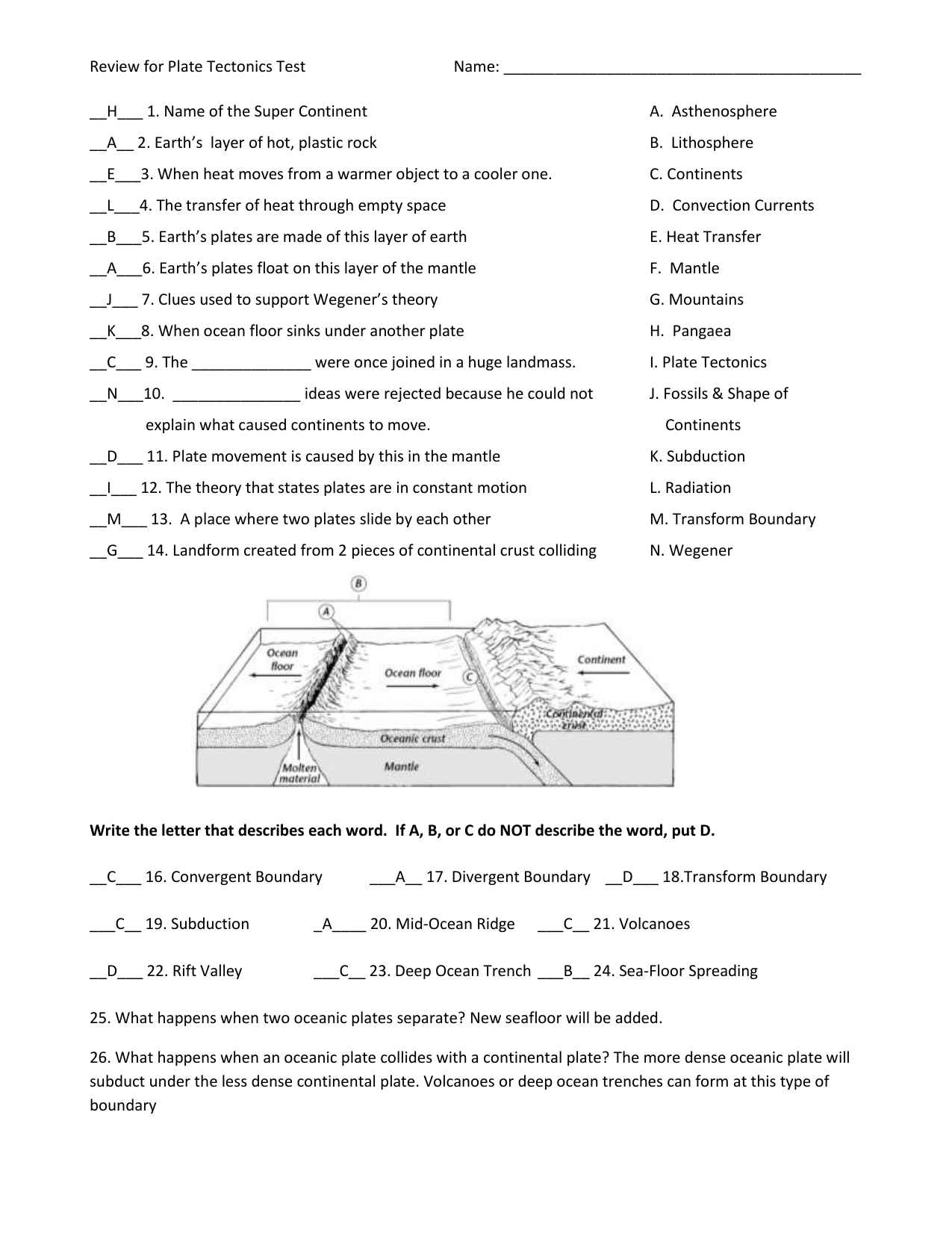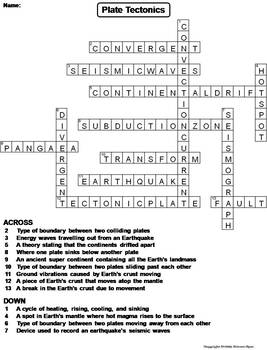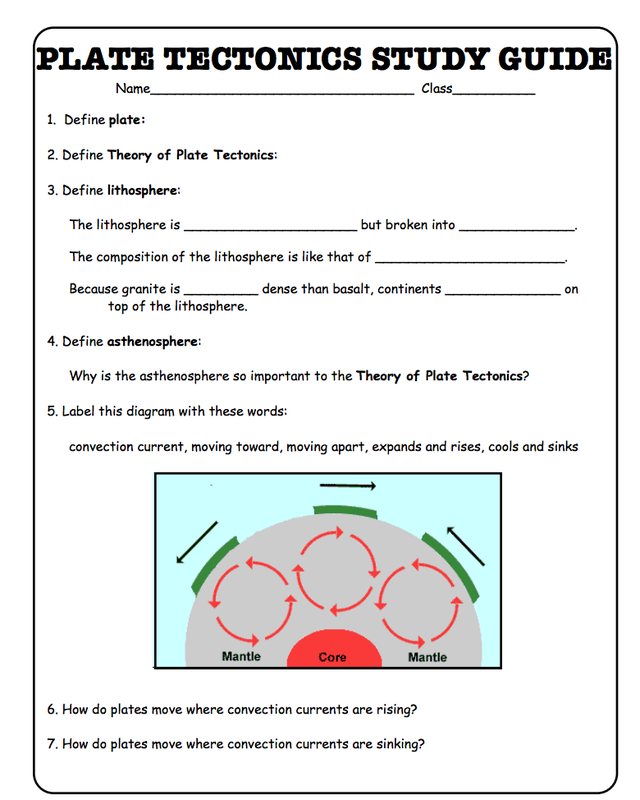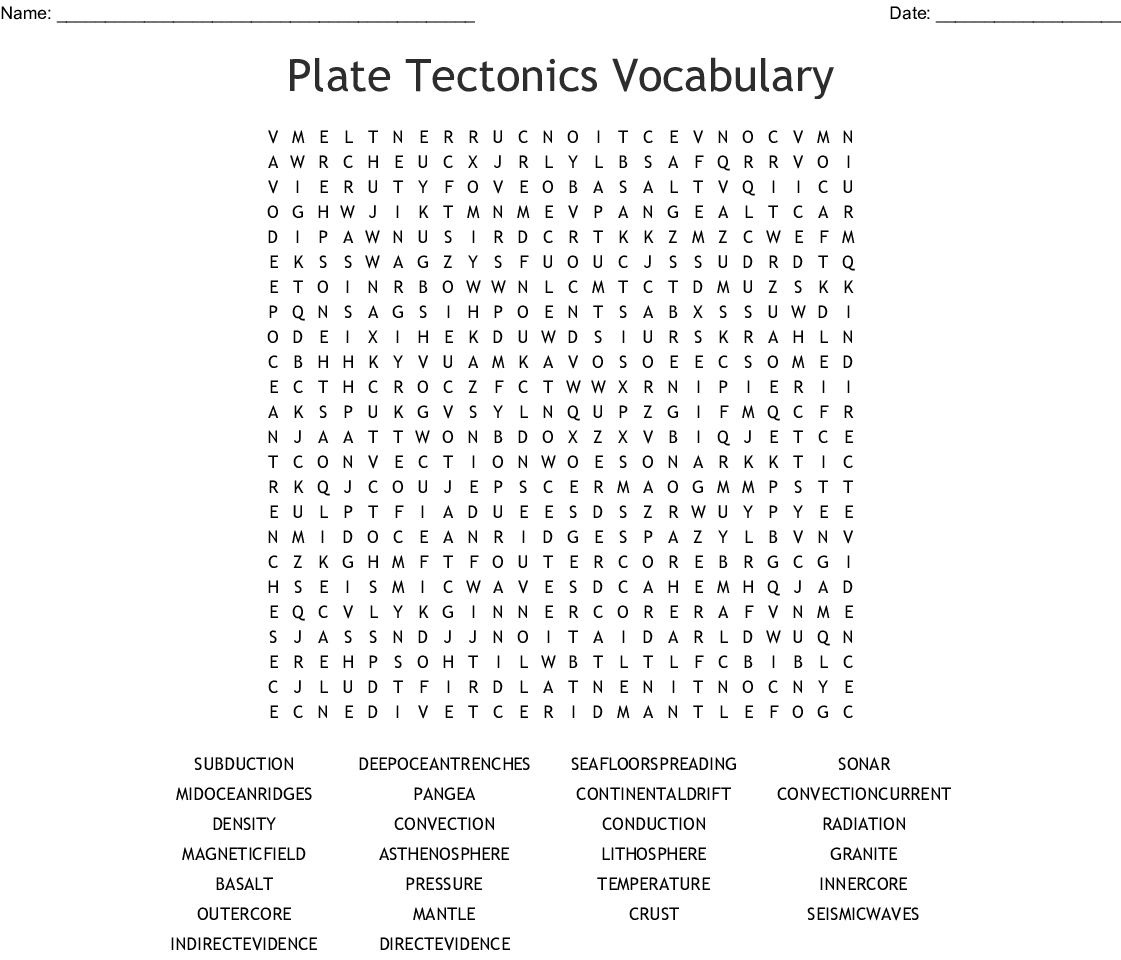Overview Plate Tectonics Worksheet Answers. The Earth's crust is broken into pieces called "Lithospheric Plates" that "float" over top the asthenosphere. Topics you'll need to know to pass the quiz include the reason plate tectonics is a unifying theory in geology and the type of plate boundary at which subduction occurs.

It was from reliable on line source and that we love it.
Plate Tectonics USGS Interpretive map of Plate Tectonics. • Review the Science Background provided in the Unit's Overview and the Teacher Reading Teacher Modeling Activity: The Earth.
You'll need to answer these and other questions to pass this multiple-choice quiz on the unifying theory of plate tectonics. Alfred Wegener, a German climatologist and arctic explorer, hypothesized that Earth's continents were once connected as a large supercontinent called Pangaea. ____ describe various historical theories and data evidence that have led to the present-day Plate Tectonic Theory ____ describe Wegener's Theory of Continental Drift. ____ model and explain the process of sea-floor spreading. ____ model and explain how convection currents in the mantle cause the movement of tectonic plates. Students are asked to consider what earthquakes, volcanoes, and tsunamis have in common, then read about the three types of plate movements: divergent, subduction, and lateral slipping.








